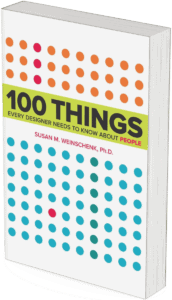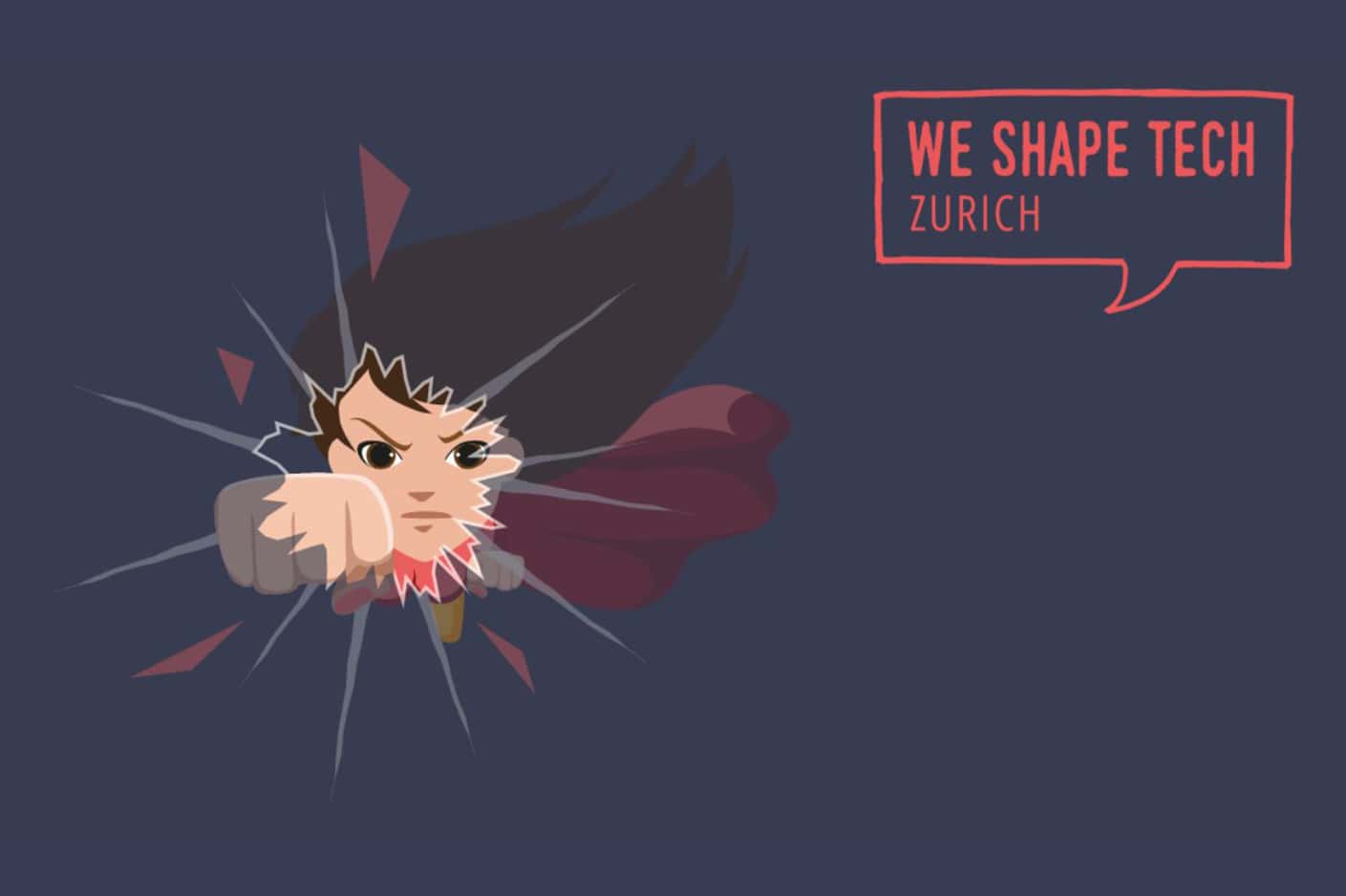The Language of Inclusion Starts with Us
At WST, we’re thrilled with the positive momentum created for the LGBTQ+ community during pride month! While pride month is an excellent way to raise awareness and show support, inclusion shouldn’t be limited to one month out of the year.
Our vision is a future where inclusion wins at every level, especially in the world of tech. This means living #diversity365 every day. And while working to make this vision a reality, we’re learning a lot along the way. In fact, staying curious and remaining open is part of our manifesto.
During pride month, we realized that we still have a lot to learn about the LGBTQ+ community and how we can do our best to be an active ally. We’re pretty positive we’re not alone in needing to broaden our perspective and learn more.
We’ll be sharing what we learn with you in a three-part blog series. This series will explore topics like the ABCs of inclusive language, the impact of pronouns, and actionable tips to be an ally of the LGBTQ+ community. In the first installment, you’ll find a glossary of terms to know and an explanation of the differences between sex, gender, and sexuality.
We hope you’ll join us on this journey of practicing #diversity365 to ensure workplaces are safe and inclusive for all people.
The ABCs of LGBTQ+ LGBTQ+ LGBTQ+ LGBTQ+
The acronym LGBTQ+ stands for lesbian, bisexual, gay, queer, and transgender. LGBTQIA is also used frequently. In this version, the additional letters stand for intersex and asexual.
To better understand these terms, we’ve included a short glossary using the resources here and here.
Learning inclusive terminology takes time, and at first, it may even feel daunting. But language is a way to cultivate shared meaning and build relationships. It can provide clarity, make conversations more accessible, and, ultimately, foster deeper meaning and empathy—all ingredients for a more inclusive world.
Inclusive language is continually evolving, so be patient with yourself and others as you learn.
Words to Know
Lesbian
Usually, a woman whose primary sexual and affectional orientation is toward people of the same gender.
Gay
A person who is emotionally, romantically, or sexually attracted to members of the same gender. Men, women, and non-binary people may use this term to describe themselves.
Bi-sexual
When one person is attracted to someone of the same gender and others.
Transgender
An umbrella term for people whose gender identity or expression is different from cultural expectations based on the sex they were assigned at birth.
Queer
A general term for people who don’t identify as being attracted to the opposite gender or don’t identify with their sex assigned at birth.
Historically, queer was used as a slur against people who don’t conform to the cultural gender expectations. Although many in the community have reclaimed the term queer in celebration, not all people in the community feel comfortable using it. It can be considered hateful when used by those who don’t identify as LGBTQIA.
The Q can also stand for Questioning, meaning when someone is questioning where they fall.
Intersex
Intersex people are born with a variety of differences in their sex traits and reproductive anatomy.
Asexual
The lack of a sexual attraction or desire for other people.
Other Helpful Terms
Ally
A term used to describe someone who is actively supportive of LGBTQ+ people.
Cisgender
A term used to describe a person whose gender identity aligns with those typically associated with the sex assigned to them at birth.
Gender
A social construct used to classify a person as a man, woman, or some other identity.
Gender identity
One’s innermost concept of self as male, female, a blend of both or neither how individuals perceive themselves and what they call themselves. One’s gender identity can be the same or different from their sex assigned at birth.
Gender-fluid
A person who does not identify with a single fixed gender or has a fluid or unfixed gender identity
Heterosexual
A sexual orientation in which a person feels physically, emotionally, and romantically attracted to people of a gender other than their own.
Sex
A medical categorization that refers to the biological aspects of an individual determined by their anatomy.
Sexual orientation
An inherent or immutable enduring emotional, romantic, or sexual attraction to other people. Note: an individual’s sexual orientation is independent of their gender identity.
Trans
The term trans, acts as a more inclusive term than transgender for gender non-conforming and non-binary people.
Understanding the Difference between Sexuality, Gender and Sex
When learning about inclusive language, it’s helpful to understand the difference between gender, sex, and sexual orientation – they’re not the same. It’s a topic that’s a lot more complex than many of us were raised to believe.
What’s important to remember is that it’s up to each person to determine their gender, sex and sexual orientation. It’s up to us to do our best to respect the gender identity and sexual orientation of all individuals.
Gender refers to how a person views themselves and interacts with other people. GLAAD explains that “External manifestations of gender, expressed through one’s name, pronouns, clothing, haircut, behavior, voice, or body characteristics. Society identifies these cues as masculine and feminine, although what is considered masculine and feminine changes over time and varies by culture.”
Sex, however, is based on someone’s physical characteristics at birth. Today it’s understood that people can be born with variations of both and female characteristics and neither. The spectrum is a lot bigger than the common belief people are only born male or female.
Finally, someone’s sexual orientation is a physical, romantic, or emotional attraction to another person. Gender identity and sexual orientation are not the same.
We hope this condensed guide to inclusive language gives you a springboard to take a deeper look, start a conversation, or the knowledge that you’re not alone.
Educate yourself about topics and terminology that matter. Please see our previous posts:
Importance of Pronouns
Tips to Be More Inclusive in Our Language
Inclusive Language Guide (with Femme Palette)
Be Real Ally 365 Days a Year
Rainbows Need No Washing
Performative Allyship: How to Spot It and Avoid Engaging with It
Join us for our next installment, where we explore the importance of pronouns and tips for using them correctly.












